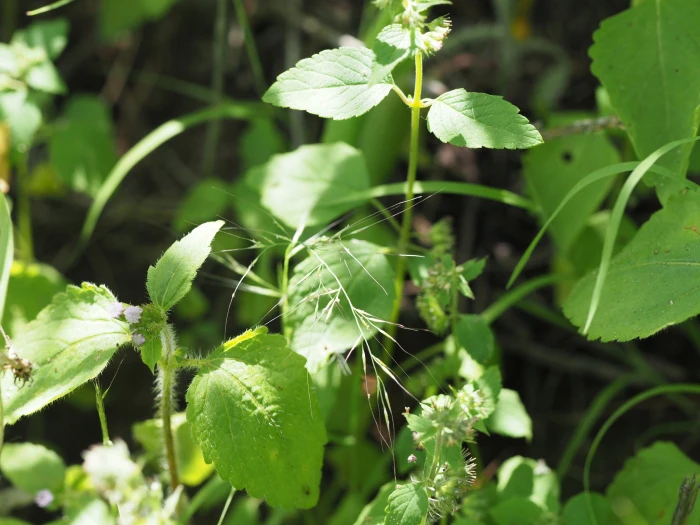Littleseed Muhly
(Muhlenbergia microsperma)
Littleseed Muhly (Muhlenbergia microsperma)
/
/

Kevin Faccenda
CC BY 4.0
Image By:
Kevin Faccenda
Recorded By:
Copyright:
CC BY 4.0
Copyright Notice:
Photo by: Kevin Faccenda | License Type: CC BY 4.0 | License URL: http://creativecommons.org/licenses/by/4.0/ | Rights Holder: Kevin Faccenda | Publisher: iNaturalist | Date Created: 2023-03-16T10:23:54-07:00 |























Estimated Native Range
Climate Requirements for Farmers Branch, Texas
| This Plant | Your Site | Plant Suitability for Your Location | ||
|---|---|---|---|---|
| • Precipitation | 2" - 103" | 37" | Aquatic | Aquatic |
| • High Temp. | 18°F - 112°F | 96°F | Your summer temperatures are normal for this plant. | Excellent |
| • Low Temp. | -29°F - 73°F | 34°F | Your winter temperatures are normal for this plant | Excellent |
This plant may not grow well at your location - your precipitation is too high.
Summary
Muhlenbergia microsperma, commonly known as littleseed muhly, is a perennial grass native to a wide range of habitats in the Americas, from the Southwestern United States through Mexico and Central America to Peru and Venezuela. It is particularly adapted to open areas, grasslands, and disturbed sites, often thriving in arid and semi-arid conditions. Littleseed muhly typically grows to a height of 24-31 inches (61-79 cm) and features an open, airy inflorescence composed of thin branches with small, delicate spikelets. The lower spikelets are often concealed within the sheaths and do not bloom, contributing to the plant’s subtle appearance.
Littleseed muhly is valued for its drought tolerance and ability to grow in poor soils, making it a suitable choice for xeriscaping and naturalized areas. It is often used for erosion control and as an ornamental grass in garden borders and wildflower meadows. The plant prefers full sun and can tolerate a range of soil types, provided they are well-drained. While it is generally low-maintenance, it may require supplemental water during prolonged dry spells. Littleseed muhly is not known for significant pest or disease problems, but it can self-seed and spread if conditions are favorable, which should be considered when planting in garden settings.CC BY-SA 4.0
Littleseed muhly is valued for its drought tolerance and ability to grow in poor soils, making it a suitable choice for xeriscaping and naturalized areas. It is often used for erosion control and as an ornamental grass in garden borders and wildflower meadows. The plant prefers full sun and can tolerate a range of soil types, provided they are well-drained. While it is generally low-maintenance, it may require supplemental water during prolonged dry spells. Littleseed muhly is not known for significant pest or disease problems, but it can self-seed and spread if conditions are favorable, which should be considered when planting in garden settings.CC BY-SA 4.0
Plant Description
- Plant Type: Grass
- Height: 1-3 feet
- Width: 1-2 feet
- Growth Rate: Moderate
- Flower Color: N/A
- Flowering Season: Spring, Summer
- Leaf Retention:
Growth Requirements
- Sun: Full Sun
- Water: Low
- Drainage: Fast
Common Uses
Drought Tolerant, Low Maintenance
Natural Habitat
Native to open areas, grasslands, and disturbed sites, often in arid and semi-arid regions
Other Names
Common Names: Littleseed muhly grass
Scientific Names: Muhlenbergia microsperma, Agrostis debilis, Agrostis microcarpa, Agrostis microsperma, Agrostis setosa, Muhlenbergia debilis, Muhlenbergia debilis, Muhlenbergia fasciculata, Muhlenbergia microsperma
GBIF Accepted Name: Muhlenbergia microsperma